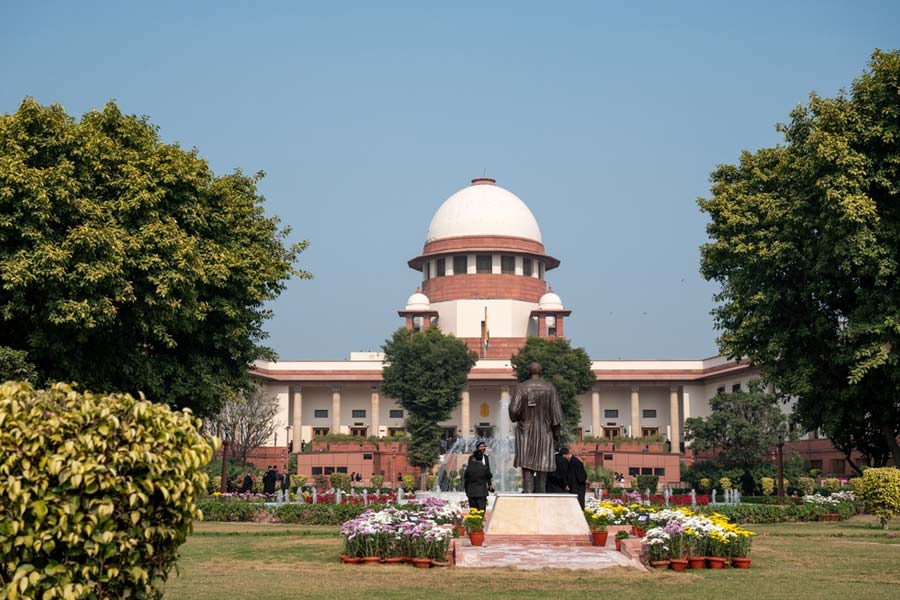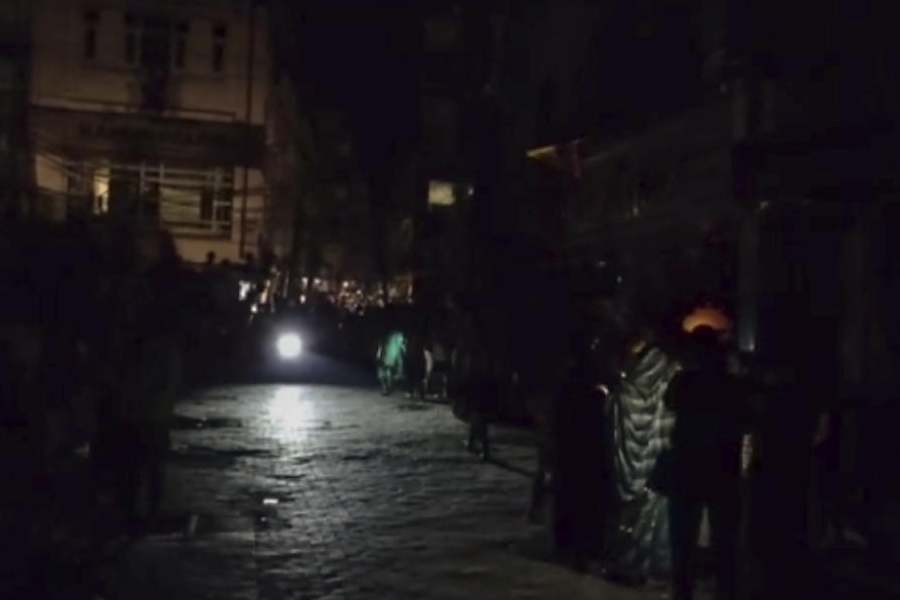|
|
| Touching distance |
There are cities in the world where the contemporary and the past co-exist. In Delhi, one can drive down Lutyens?s beautiful tree-lined avenues and within a few minutes reach monuments built by the emperors after whom some of the avenues are named. On smooth asphalt, the 21st century gives place to the 16th or 17th century. In London, walking around the City, it is still possible to catch a glimpse of the medieval city wall. The Gothic grandeur of the Notre Dame cathedral in Paris never seems too distant from the planned elegance of the city that Haussmann designed in the 19th century. But in all these cities, despite the closeness of history, there is always a difference between the historical and the contemporary. They co-exist; they are never the same.
This is where Venice is different and unique. I realized this on a recent visit to the city, and all because of a series of extraordinary experiences. That there is magic in Venice is something of a clich?. From Lord Byron to Henry James, writers have written about the city. Canaletto captured its ineffable charm on his canvases. The Grand Canal and the gondolas have been romanticized to the extent of becoming meaningless. Tintoretto?s great oil painting Paradise ? reputed to be one of the biggest canvases in the world and the biggest by an Old Master ? that covers the end wall of the Sala del Maggior Consiglio in the Doge?s Palace is staggering in its impact. It stands in sharp contrast to the pieces in the Frari painted by another Old Master, Titian. These, like performances of Vivaldi?s concertos, and the grand square in front of St Mark?s Basilica, have all become part of the lore that draws tourists in hordes to Venice.
Visiting Venice recently during the off-season, and thanks to the hospitality and generosity of some people who live in Venice, a couple of friends and I had an experience of the place which left me excited but also introspective about the way Venetians treat their history and preserve it.
It all began with the offer of a lady called Mimi Todhunter to show us around Venice. She was an acquaintance of one of us, and she wanted to share with us her love for Venice. This wasn?t by any means a walk to show the touristy Venice. Rather it was to show us Mimi?s Venice. For well over four hours on a cold afternoon, when Venice was bathed in bright sunshine, we strolled through narrow lanes, walked into old churches, and into a shop that has been making perfumes continuously for the last five hundred years and had supplied the Medicis. We learnt from her how, in the olden days, the Venetians had stored rainwater for their use. A short ride on a gondola to cross a canal and down an alley and we were staring open-mouthed at a 15th-16th century palazzo with a beautiful stone spiral staircase.
In the evening she invited us to have dinner at her house. Little knowing what to expect, we set off. The taxi that she had sent to fetch us moved down the Grand Canal for about 20 minutes. It docked in front of a church with a mini square before it and on it stood Mimi Todhunter to receive us. We followed her down a lane, turned right into an even narrower one; at the end of this lane was a wrought-iron gate that Mimi opened and we were in a medieval garden off which a marble staircase led into the house. We had entered, through its back entrance, a magnificent palazzo that stood on the Grand Canal. The building dated back to 1452 and the Todhunters, Mimi and her husband Jonathan, have been living there for the last thirty years. For a student of history this was fascinating. A building pre-dating the fall of Constantinople in Europe and the coming of the Mughals to India was actually in use. It was not a historical monument but a house being lived in with the owners fully conscious of the building?s antiquity and eager to preserve it in its original shape and state.
Mimi Todhunter opened up for us other palazzos. Perhaps the grandest of these was the one in which Count Francesco da Mosto lives with his English wife, Jane, and his parents, Count Ranieri da Mosto and his wife. The da Mosto family, I found out later, is one of the oldest in Venice, tracing their lineage back to a thousand years. Their palazzo is a Renaissance palace in a narrow street near the Rialto. The palace, with its own exquisite frescoed chapel, is quite spectacular. The piano nobile, the main floor, has a vast hall with high windows at the ends, and on the walls hang portraits of da Mosto ancestors, none of whom, fortunately or unfortunately, had ever become the Doge though the family was always one of the leading patrician families of Venice. It was difficult to absorb the fact that this old building, like the one in which the Todhunters live, was actually a home. History, it seemed to me, had been domesticated. In these historical buildings inhabitants of the 21st century were in no way out of place.
It was this experience of people not only living in close proximity to history but also actually occupying historical spaces ? buildings which in another place would carry the label heritage ? that is unique to Venice. History and its preservation acquire a different resonance and significance in the Venetian ambience. In its nooks and corners, at the bend of an alley, and at the turning of a canal there is a little piece of history, which Venetians have made a part of their lives. The city itself has become a museum.
Yet to say this is to actually simplify and undervalue the significance of Venice. A museum, it has been noted, functions as a monument to the transient character of cultures. Museums freeze aspects of a culture, its material artifacts, from its stones to its paintings, to display them for posterity. Museums are not inhabited by the people of the past but by tourists of the present. Venice has aspects of a museum, the ubiquitous tourist with a camera is a constant reminder of that. But it is also something more. It is a museum in which people actually live. Venice for them is not an object, however beautiful. That act of living with and in history is imbricated with an element of precariousness. There is the perpetual threat of the city disappearing into the lagoon. Saving the past is a way of preserving the present in Venice. The line between the past and the present has blurred. The precariousness is a simulacrum of the fragility of life itself. The church bells in Venice, I found, always strike a melancholy note.











